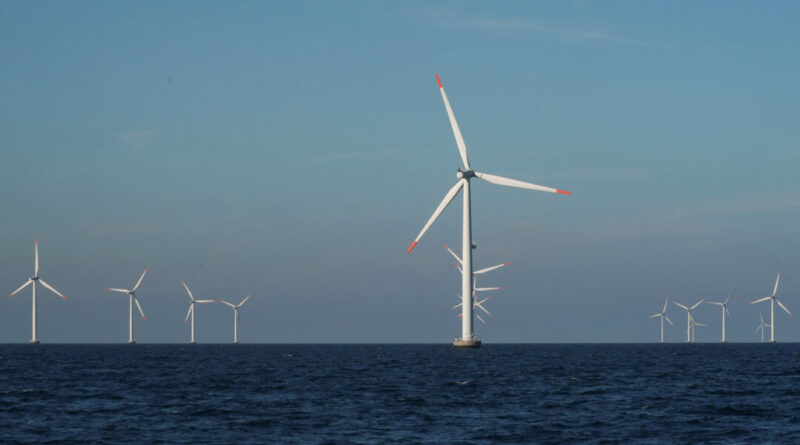Orsted, Offshore Wind Developer, Cuts 2030 Investment Program by 25%
Orsted stated on Feb. 5 that it is reducing its 2030 investment program by 25 percent in response to challenges in the industry, including rising costs and supply chain issues.
The company, known as the world’s largest offshore wind developer, is actively involved in developing, constructing, and operating offshore and onshore wind farms, solar farms, energy storage facilities, renewable hydrogen and green fuels facilities, and bioenergy plants.
Currently, Orsted operates 12 offshore wind farms in the UK, with Hornsea 1 previously holding the title of the world’s largest wind farm before Hornsea 2 surpassed it in August 2022 with 165 turbines.
In an effort to strengthen its finances amidst a demanding market, the company is reassessing its investment strategy and focusing on value-based capital allocation to ensure a robust balance sheet.
The departure of former CEO Mads Nipper was also recently announced by Orsted, with Nipper facing mounting losses and a declining share price during his tenure since 2021.
Orsted emphasized that despite challenges faced in some US offshore construction projects, most of its projects are progressing as planned.
President Donald Trump’s energy policy changes have influenced the domestic energy landscape, shifting focus away from wind and solar towards more domestic drilling and liquefied natural gas (LNG) exports.
Researcher Ben Pile expressed skepticism about the sustainability of the green energy agenda, highlighting challenges faced by green energy developers, particularly in Europe.
Orsted declined to comment when contacted by The Epoch Times.
Energy analyst David Turver’s 2024 report revealed that UK industrial electricity prices are among the highest globally, raising concerns about the government’s commitment to a decarbonized grid by 2030 and the potential increase in electricity costs.
Contributions to this report were made by Scottie Barnes and Reuters.



